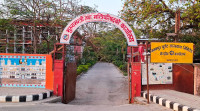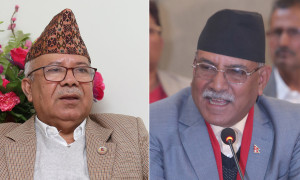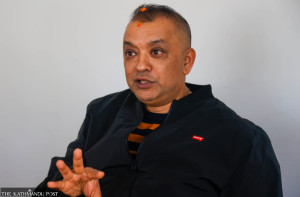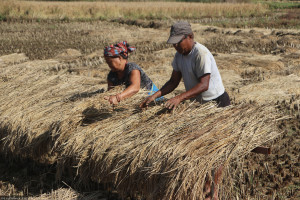Editorial
Venom of neglect
Snakebites are becoming common across Nepal, with 20,000 to 40,000 cases reported every year.
Deaths from snakebites are avoidable, and there are measures to prevent the bites. Proper awareness about first aid and timely treatment in well-equipped hospitals are often pivotal in saving lives. But these interventions are few and far between in the remote hill areas of Nepal. For instance, Karnali, a province beset by poverty and inadequate healthcare, has over the past few years seen an increase in snakebites in its high-elevation district, Kalikot (4,000 metres), due to climate change and rising temperatures. During each rainy season, venomous snakes lurk in roads, courtyards and fields. Recently, a man from Karkiwada in ward 5 of Khadachakra Municipality in Kalikot district succumbed to a snakebite as there was no health facility in the vicinity. Even the hospital in Manma, the district headquarters, lacked a designated anti-venom and intensive care facility. He was then referred to the provincial headquarters, Birendranagar, but died on the way.
The World Health Organisation has added snakebite envenoming to the list of neglected tropical diseases and emphasised the need for robust epidemiological evidence in endemic countries like ours. Still, snakebites are becoming increasingly common across the country, with an estimated 20,000 to 40,000 cases reported annually. However, only 20 percent of snakebite victims make it to the hospital, as around 40 percent succumb at home, while another 40 percent die en route. As per the Kalikot Health Office records, of the 10 snakebite cases reported in the district over the past five years, three people have died. The number could be higher still, as many cases go unreported. If not addressed, this issue will not only take more lives but also hamper the country’s goal of cutting snakebite cases and deaths by 50 percent by 2030 as part of the Sustainable Development Goals.
As the Government of Nepal’s guidelines issued in 2020 regarding snakebites require snakebite treatment centres to have a doctor’s room, nursing station, patient beds, ventilators, oxygen cylinders, refrigerators, monitors and at least seven medical staff—including one medical officer—these facilities must be ensured in district hospitals. The district hospital in Kalikot has repeatedly requested an anti-venom facility since last year, but its plea has fallen on deaf ears. Dedicated treatment and research centres are vital not just to save lives but also to help conduct studies on the growing problem of snakebites in respective districts.
That is not all. When it comes to preventing snakebites, simple measures like awareness often save lives. Door-to-door campaigns on proper first aid measures greatly mitigate risks as well. For residents of far-flung places of Karnali and other remote areas of the country, proper first aid could reduce panic and keep the bitten persons alive until they reach hospitals. Preventive measures must be extended to other places where snakebites are rampant. While it is true that the Tarai, the country’s southern plains, is mainly known for snakebites, with an estimated 261 incidents per 100,000 people each year, given the rise in temperatures across the country, it is high time that studies be carried out and hospitals be equipped even in the hills and mountain areas. The governments at all tiers must be prepared to prevent any public health emergency that snakebites could cause. People’s right to timely treatment for the growing menace of snakebites is non-negotiable.




 12.12°C Kathmandu
12.12°C Kathmandu














